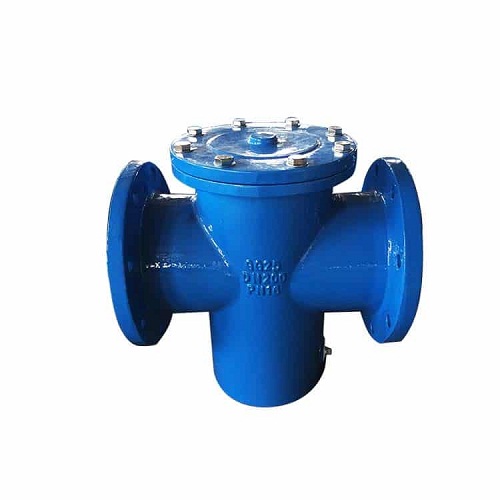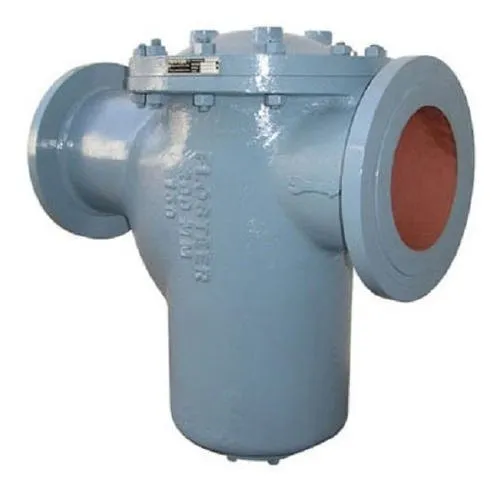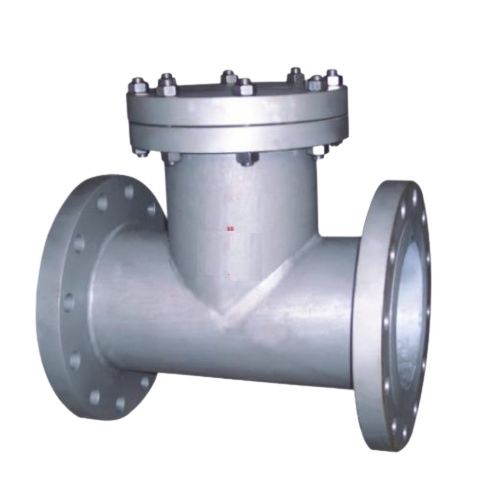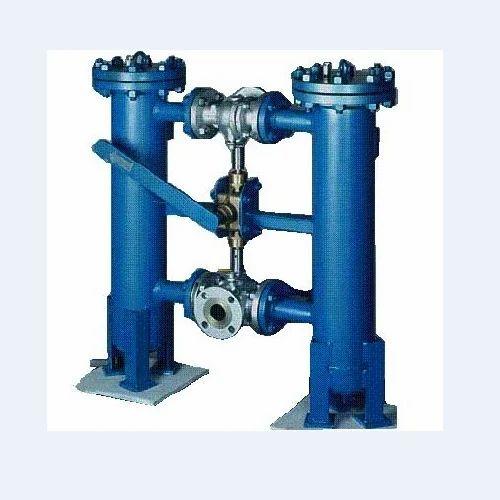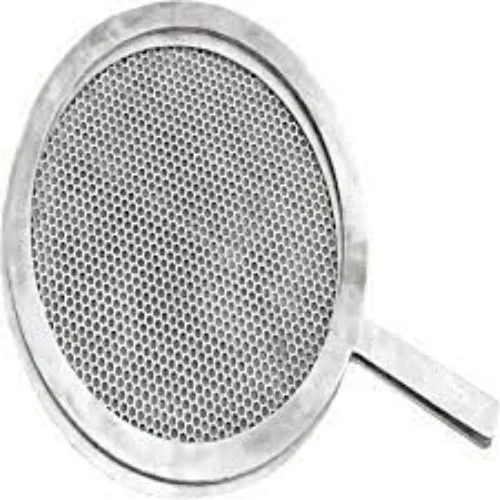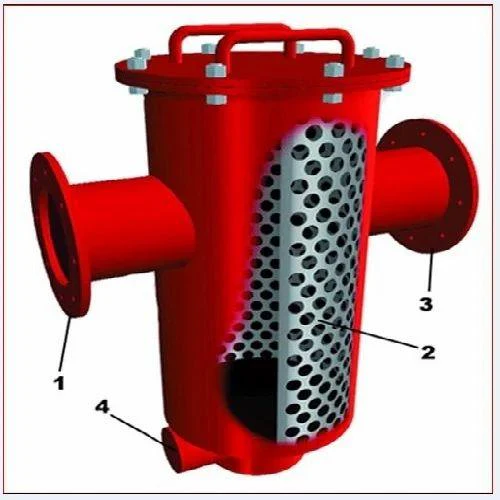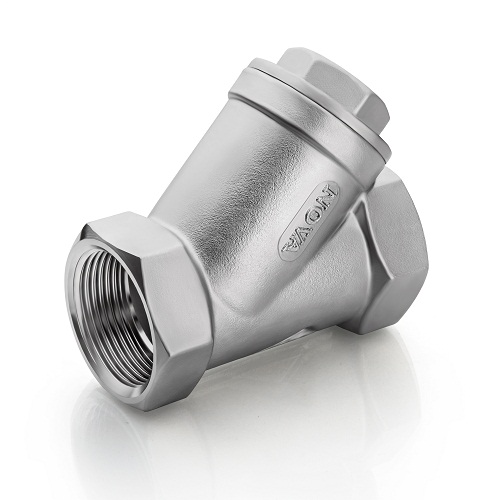
our category
STRAINER (RAIN POWER)
Strainer (RainPower) – Ensuring Clean Water Flow for Efficient Energy Generation
Introduction
In the RainPower project, where rainwater is harnessed for renewable energy generation, a strainer plays a critical role in maintaining the efficiency and longevity of the system. Strainers are essential for filtering debris, dirt, leaves, and other contaminants from the rainwater before it flows through the energy conversion components, such as turbines, generators, or valves. This ensures that only clean water reaches the energy generation units, preventing clogging, damage, and system inefficiencies.
Enquire Now
Role of the Strainer in the RainPower System
The strainer is installed in the water collection and distribution system of the RainPower project to perform an essential filtration function. As rainwater is collected, it often contains various impurities such as organic material, dirt, and debris. These impurities can obstruct the flow of water, clog pipes, or damage sensitive energy generation equipment. The strainer ensures that these contaminants are removed, allowing for smooth, efficient, and uninterrupted energy production.
Key functions of the strainer in the RainPower system include:
-
Filtration of Debris and Contaminants: The primary function of a strainer is to filter out debris, dirt, leaves, twigs, and other contaminants from the rainwater before it enters the energy conversion or storage systems. This prevents blockages and ensures the water remains clean, protecting the turbines, valves, and other components from damage.
-
Protection of Energy Conversion Equipment: By ensuring that only clean water flows through the system, the strainer helps protect sensitive components like turbines, generators, and piezoelectric converters. Contaminants can cause mechanical failure, reduced efficiency, or even complete breakdowns. The strainer minimizes these risks, improving the reliability and lifespan of the RainPower system.
-
Ensuring Efficient Flow: Strainers help maintain consistent water flow throughout the RainPower system. Blockages or the presence of debris can disrupt the smooth flow of rainwater, reducing the overall energy generation capacity. Strainers maintain the water’s clarity and help ensure that the water moves freely and at the correct pressure to optimize energy production.
-
Preventing System Maintenance Issues: Regular cleaning or replacement of strainers can reduce the frequency of maintenance for the overall system. By preventing larger debris from entering critical parts of the system, strainers reduce the risk of clogged pipes, malfunctioning equipment, and costly repairs.
Types of Strainers Used in RainPower Systems
There are various types of strainers that can be used in the RainPower project, each suited to different applications depending on the scale of the system and the level of filtration required:
-
Y-Strainers: Y-strainers are one of the most commonly used types of strainers in rainwater harvesting and energy conversion systems. The Y-shape of the strainer allows it to capture debris efficiently while ensuring that water continues to flow freely through the system. These strainers are ideal for use in smaller-scale RainPower installations, offering a compact solution for debris filtration.
-
Basket Strainers: Basket strainers are typically used in larger systems where the amount of debris may be higher. These strainers have a large basket-shaped filter element that captures and holds contaminants. The basket can be easily removed and cleaned, making it suitable for systems requiring regular maintenance. Basket strainers are ideal for RainPower installations that collect large volumes of rainwater.
-
Inline Strainers: Inline strainers are designed to be installed directly into the pipeline, typically before energy conversion components such as turbines or pumps. These strainers filter out debris before it reaches sensitive equipment, ensuring smooth and uninterrupted water flow. Inline strainers are ideal for protecting turbines and generators from wear and tear caused by debris.
-
Duplex Strainers: Duplex strainers are used in systems that require continuous filtration without downtime for cleaning. These strainers have two filter chambers, allowing one chamber to be cleaned while the other remains in use. Duplex strainers are especially useful in RainPower systems that operate continuously or for extended periods without the opportunity for manual maintenance.
-
Self-Cleaning Strainers: As the name suggests, self-cleaning strainers automatically clean themselves by using backwashing techniques. These strainers are highly efficient in systems where regular maintenance might be challenging. The self-cleaning mechanism ensures that the strainer remains functional without needing to be manually cleaned frequently, making it ideal for large-scale or remote RainPower installations.
Applications of Strainers in the RainPower Project
-
Rainwater Collection and Filtration: Strainers are critical in the initial stages of the RainPower system, where rainwater is collected and stored. The strainer ensures that debris and dirt are filtered out of the rainwater before it enters the storage tanks or any energy conversion components. This helps prevent clogging in pipes and storage systems and ensures that the stored water is clean and ready for energy generation.
-
Water Flow Protection for Turbines and Generators: The turbines and generators used in RainPower systems are sensitive to dirt and debris, which can cause mechanical issues or reduce efficiency. Strainers are installed at key points before water reaches these devices to filter out contaminants, ensuring that only clean water reaches them, thereby protecting the equipment from damage and ensuring optimal energy output.
-
Maintaining Consistent Flow Rate: Strainers help maintain a steady and uninterrupted flow of water to energy generation units, such as turbines or piezoelectric converters. By preventing blockages and ensuring clean water, strainers ensure that the energy generation process operates smoothly and consistently, avoiding interruptions that could decrease energy production.
-
Preventing System Overload or Damage: By keeping debris out of the system, strainers help prevent blockages in pipes, valves, and pumps. This is crucial for preventing system overloads and potential damage to energy generation equipment. The continuous filtration ensures that the system remains functional even during heavy rainfall, which could otherwise lead to high volumes of debris entering the system.
-
Improving System Efficiency: A clean, debris-free water flow helps maintain the system’s overall efficiency. Strainers prevent buildup in components, ensuring that water flows efficiently through the system and maximizing the energy that can be extracted from rainwater. This leads to higher energy generation at lower costs and less maintenance.
Advantages of Using Strainers in the RainPower System
-
Enhanced System Protection: By filtering out contaminants, strainers protect sensitive energy generation equipment, including turbines, pumps, and generators, from damage. This reduces the risk of costly repairs and downtime.
-
Increased Operational Efficiency: Clean water ensures that turbines and other equipment function at optimal efficiency. With strainers in place, the water flow remains smooth, helping to maximize energy production and reduce system failures.
-
Reduced Maintenance Costs: Strainers help reduce the frequency of system maintenance by preventing debris buildup in pipes and valves. This reduces the need for expensive repairs and keeps the system running efficiently.
-
Longevity of Equipment: With continuous filtration of rainwater, strainers extend the lifespan of critical components in the RainPower system. By preventing clogging, rust, and wear, strainers ensure that turbines, valves, and other equipment operate for longer periods with minimal wear.
-
Improved Water Quality: Strainers ensure that only clean rainwater enters the energy conversion process, improving the quality of water used for power generation. This helps prevent contamination of storage tanks or generation units.
Challenges in Strainer Integration for RainPower
-
Clogging and Regular Maintenance: While strainers are designed to filter out contaminants, they need to be regularly cleaned and maintained to ensure proper functioning. Depending on the local environment, the frequency of cleaning might increase if large amounts of debris are present.
-
Wear and Tear: Over time, strainers may wear out due to constant exposure to water, pressure, and debris. This can lead to the need for periodic replacement to ensure the system operates effectively.
-
Size and Installation Requirements: The size of the strainer needs to match the system’s specifications. Installing the right size strainer can be a challenge, particularly in larger-scale systems where rainwater collection is extensive.
Conclusion
In the RainPower project, strainers are vital components that ensure the smooth, efficient, and reliable operation of the system by filtering out debris and contaminants from the rainwater. Strainers protect turbines, generators, and other sensitive equipment from damage and reduce maintenance costs by preventing blockages. With the proper integration of strainers into the system, RainPower can operate at maximum efficiency, providing a sustainable and clean energy solution for diverse applications.
